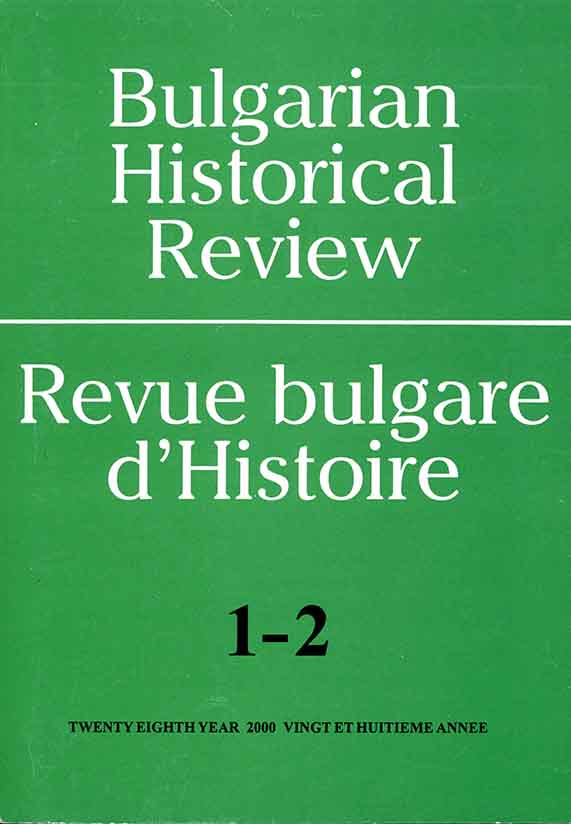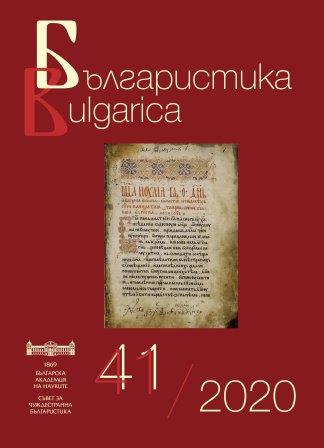
We kindly inform you that, as long as the subject affiliation of our 300.000+ articles is in progress, you might get unsufficient or no results on your third level or second level search. In this case, please broaden your search criteria.


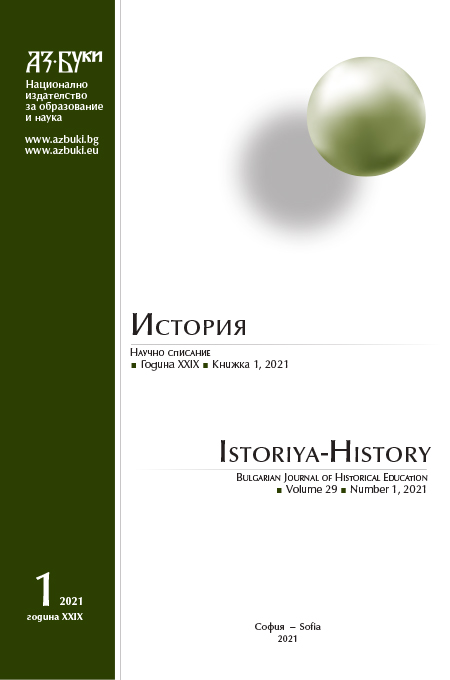
In our modern reality, one of the constantly relevant topics that excites the researchers, the teachers and the general public, is the content of the textbooks especially those on social and humanitarian subjects. The present study focuses on the analysis of a textbook from the beginning of 20th century – “Pictures from the general geography” of the Croatian Ivan Hoic. This work is characterized by a humanistic approach to the issue of otherness and the other. Hoic’ s work presents areal presentation of a foreign culture as a mandatory element of educational process. The view of Bulgarians presented by Hoic creates conditions for our self-knowledge even in the reality of the 21st century.
More...
The present paper investigates the biographies of actors published in the periodical press of Greece and Greek communities abroad, from the independence of the nation state (1830) to the 1930’s. One of the main bibliographical and historiographical problems a researcher of the history of Greek Modern Theatre has to face is the insufficient –almost non-existent– information about the fleeting work of actors. The current research aims at contributing to the history of acting and finding answers to questions such as: how the profession of the actor in Greece and in Europe evolves during the 19th century and how this significant change is reflected in the Greek periodical press.
More...
This article will present you with the foundation of the modern Piraeus city between 1833 and 1838 in the light of unpublished archives from the fund of the Greek Ministry of the Interior in King Otto I’s time kept at the General State Archives in Athens. This document shows how immigration to Piraeus was largely channeled by the administration through the establishment of settlements (synoikismoi). It also highlights an original founding of a port city in the Eastern Mediterranean literally out of nowhere. It shows the creation of a community of inhabitants with the essential role of the natives from Chios first, then from Hydra, who form the two main groups, both separated but reunited in the new town, since each group has its own neighborhood, parish and church.
More...
The article analyses an Athonite poetical text which describes a conflict between the monasteries of Zographou and Chilandar over landed property situated inside the Holy Mountain. It refers to no place names, but pays special attention to the visit of a nameless Ottoman governor of Thessalonica, accompanied by the consuls of France, Russia and Austria, to Mount Athos. His intention was to solve the difference and to reconcile the two monasteries, but his efforts failed. He then granted a special document (ilam) to Zographou, and met an unnamed ex-patriarch of Constantinople in the monastery of Espigmenou. The authorized representatives of Zographou and Chilandar, Dositheos and Onouphrios, travelled to Constantinople in order to present the case to the sultan’s court, but during their stay in Istanbul cholera struck the city and the final decision was postponed until the end of the epidemy. Three Greek and two Turkish documents make it clear that Zographou and Chilandar were claiming the terrain of Giovantza on the northwest coast of Mount Athos as well as that the conflict was rather important for the two monasteries.
More...
The reconstruction of family relations and of their impact on the socioeconomic activities of Wallachian merchants in the 18th and early 19th centuries is a rewarding, yet difficult, task. The difficulty results from two main factors: one is that the majority of the available primary sources have an arid, patrimonial nature, and two, the type of documents that might offer more social detail, i.e. family correspondence and chronicles, diaries, etc., are not as numerous as the historian would wish. The author of the present study therefore decided to supplement this uneven documentary base with another type of material: the last wills and testaments of individuals from this socio-professional group. It is from the examination of a documentary corpus of around 100 such texts that the author has attempted to flesh out relations between spouses as well as those between parents and their descendants. A secondary objective of this approach was to identify possible strategies used by merchants in the period under study to ensure continuity in their trade and the ‘security’ of family estates. Despite the nature of the documents, which did not have much scope for affective display, testaments often reveal feelings of love, respect, and loyalty – or a lack thereof – among family members. The fact that most testators usually named close kin (a spouse, surviving children, and siblings) as executors and main beneficiaries of their estates shows the crucial importance of family alliances, affective ties, and solidarities in the longer-term economic survival of family groups.
More...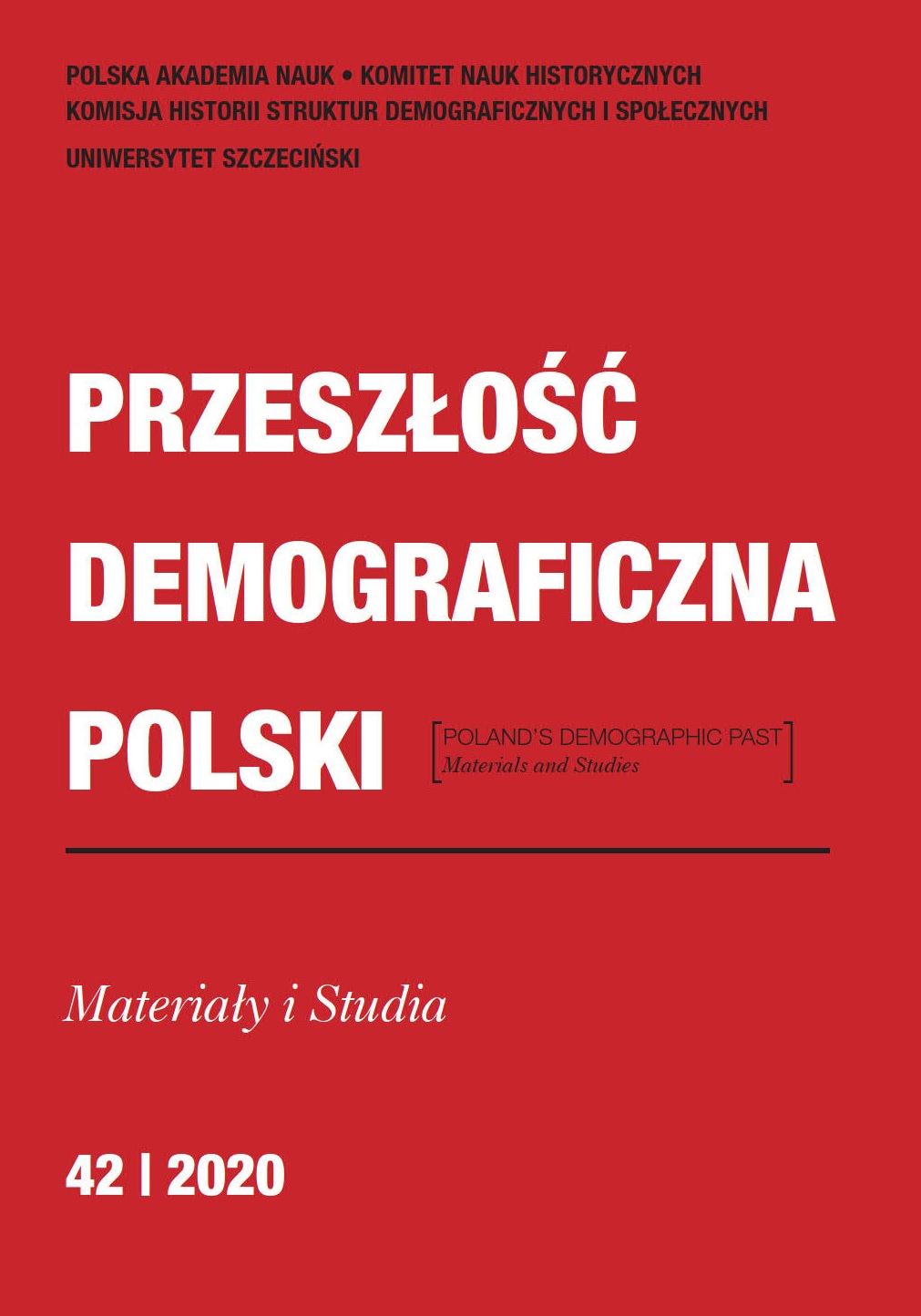
The aim of the research is to trace the process of demographic transition in the area of the former Polish-Lithuanian Commonwealth, enlarged by areas with a predominantly Polish-speaking population, Upper Silesia and Cieszyn Silesia, as well as Southern Masuria. The time frame of the work covers the years 1865–1912. Changes in the basic indicators of the vital statistics of the population were analyzed: the crude death rate (death rate per 1,000 population), the crude birth rate and the crude marriage rate. The source of the data is the work of Adam Krzyżanowski and Kazimierz Kumaniecki, Statystyka Polski [Statistics of Poland], which was in fact the first statistical yearbook of the former Polish-Lithuanian Commonwealth and other predominantly Polish-speaking areas. The analysis was carried out strictly according to the requirements of the demographic transition theory. A comparative analysis of the demographic situation in these lands on the eve of the outbreak of World War I was carried out using Ward’s taxonomic method and the k-means method. The results of the analysis indicate that the process of demographic transition in these lands was varied and was conditioned by their economic development and geographical location.
More...
The article aims to show the value that Protestant parish registers kept in the State Archives in Szczecin have for demographic research. The paper will also examine the internal structure of the Pomeranian and New Marchian parish registers, showing the changes that took place in the records over a period of more than 350 years (from the end of the 16th century to the mid-20th century). The material is also intended to encourage academics to use the sources in their research work.
More...
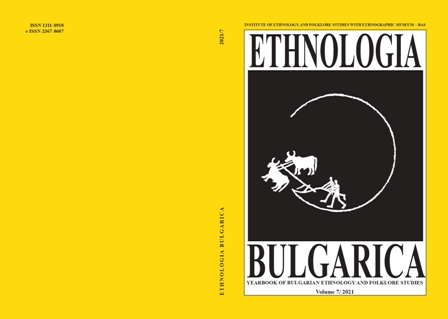
The article traces the regained popularity of a healing water source, promoted by the feigned healer and wonder-worker Angelush. The activities of Angelush are connected with the appearance of the Great Comet, observed in Europe in 1861. Many newspapers from this period reflect the miracles and the impressive crowds of people that visited the healing water source in Northeast Bulgaria, near the Danube River. The present-day ‘intervention’ in media background seems to result from the need of shedding light on the visible traces of the ‘heroic time, which are pertinent due to the proximity to the anniversary of the April 1876 uprising and to the exploit of Hristo Botev’s rebel band and the use of ‘Radetzki’ steamship in the same year. The text analyses a concrete case of inventing tradition, which appears necessary for present-day political and social purposes. The significance of the Well of Angelush as a sacred place is constructed entirely in media background, creating the myth that ‘Radetzki’steamship was built with the money earned from transporting visitors to the healing water source. In this case, the theme of the ‘heroic time’ and the immediate relation with the national narrative is used to testify the significance of a religious site, the belief in which should be a sufficient justification for its existence. Thus, in the 21st century, we witness how an increasing number of churches and monasteries in Bulgaria construct their past through the links they establish with nationally significant topics, characters and images. They do so by emphasizing not that much the spiritual and religious aspects – as connected with faith or with sacred scriptures, but rather – with the presence of traces of the heroic time, which inscribe the cult sites in the toponymic space of the nation.
More...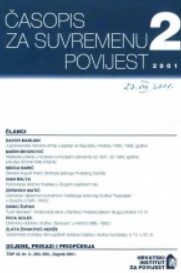
Review of: Mira Kolar-Dimitrijević - Ludwig STEINDORFF, Kroatien, Regensburg 2001., Verlag Friedrich Pustet, 272 str.
More...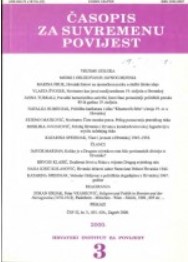
Review of: Robert Holjevac - Mustafa IMAMOVIĆ, Historija Bošnjaka, Sarajevo 1996
More...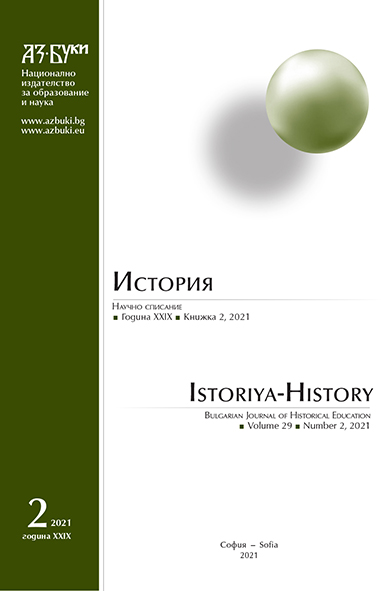
History of Passemanterie industry in Bulgaria is little-known yet. This kind of industry has not a big influence in Bulgarian branch economy. Nor it is of vital importance in individual and social life as well. These are the reasons for comparatively lack of researches in the specified sphere. This article is aiming to deny some commonly adopted views about this kind of industry, including it’s subject activity, investment amount and economic significance.
More...
